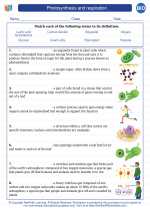Porifera: The Animal Phylum of Sponges
Introduction to Porifera
Porifera is a phylum of simple aquatic animals commonly known as sponges. They are considered one of the oldest multicellular animal groups, with a fossil record dating back to the Precambrian era.
Anatomy and Physiology of Sponges
Sponges are characterized by their porous bodies and lack of true tissues or organs. They have a simple body plan consisting of specialized cells embedded in a gelatinous extracellular matrix called mesohyl. The body is perforated with numerous pores and channels for water circulation.
Reproduction and Life Cycle
Sponges exhibit both sexual and asexual reproduction. Asexual reproduction occurs through fragmentation, budding, or the formation of gemmules. Sexual reproduction involves the release of sperm and eggs into the water, where fertilization takes place. The larval stage, known as a planula, eventually settles and metamorphoses into an adult sponge.
Ecological Importance
Sponges play a crucial role in marine ecosystems as filter feeders, removing bacteria and small particles from the water. They also provide habitat for a diverse array of organisms and contribute to the cycling of nutrients in the ocean.
Study Tips for Porifera
- Understand the unique characteristics of sponges, including their lack of true tissues and organs.
- Learn about the different cell types present in sponges and their functions.
- Explore the reproductive strategies of sponges and the significance of their life cycle in marine environments.
- Examine the ecological roles of sponges and their impact on marine ecosystems.
◂Biology Worksheets and Study Guides High School. Photosynthesis and respiration
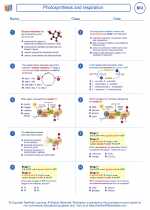
 Worksheet/Answer key
Worksheet/Answer key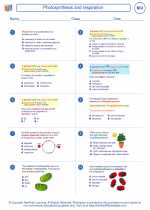
 Worksheet/Answer key
Worksheet/Answer key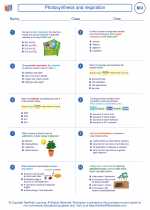
 Worksheet/Answer key
Worksheet/Answer key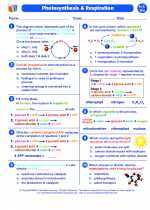
 Vocabulary/Answer key
Vocabulary/Answer key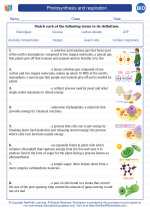
 Vocabulary/Answer key
Vocabulary/Answer key